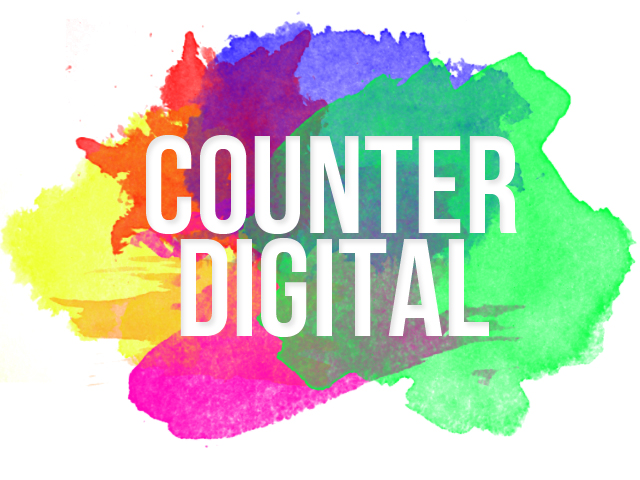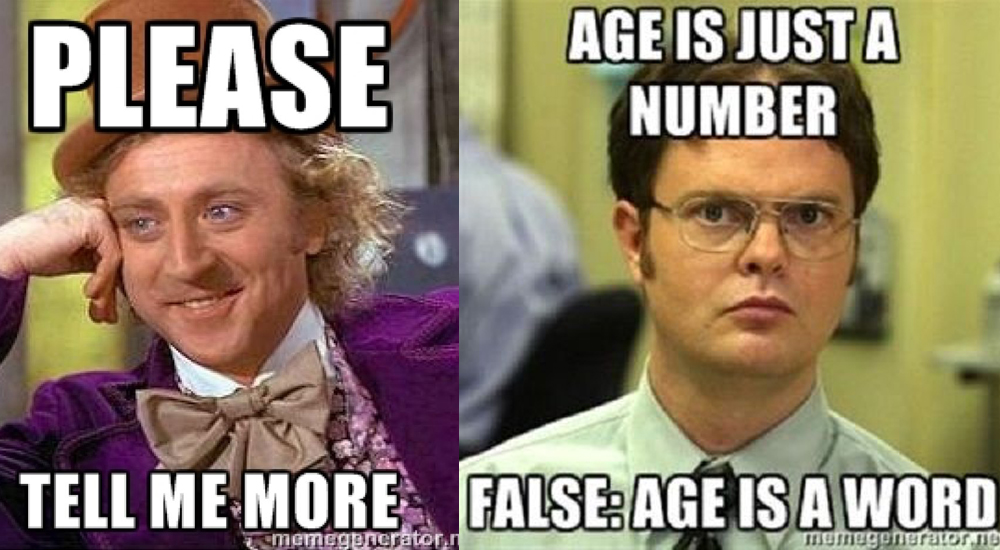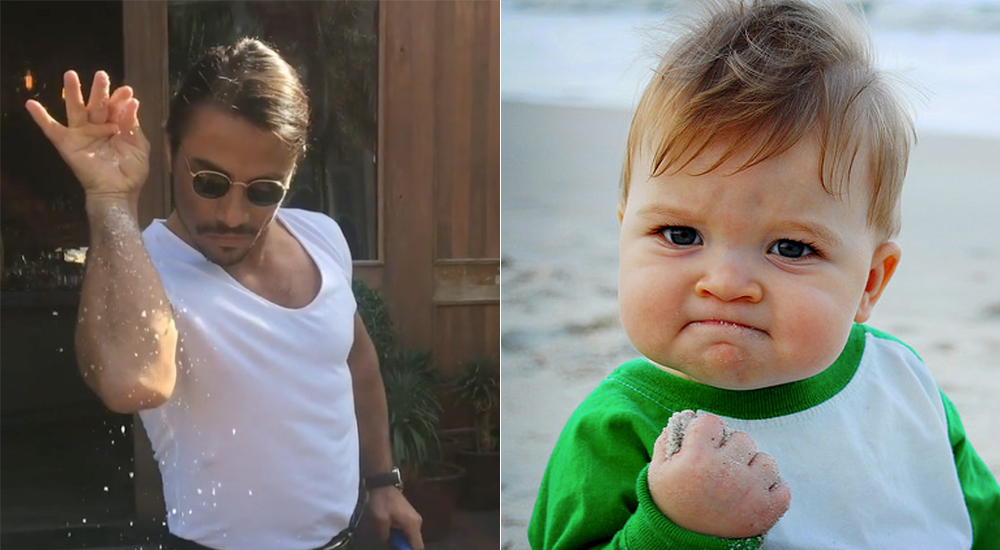Content marketing, in all its various forms, has been around for decades but it’s probably fair to say that the digital age has lead to an explosion in both quantity and importance over the last few years.
Unfortunately quality isn’t always at the forefront of the content marketing world but in HP’s 2017 mini series The Wolf we have a standout winner and something to draw serious lessons from.
The Wolf by HP
If you’re not yet acquainted with it, The Wolf is an online mini series, created by HP to highlight IT security and cyber crime risks in printers, staring Christian Slater.
See below to watch The Wolf and the sequel The Wolf: The Hunt Continues.
Eagle-eyed readers, or TV bingers, might recognise Slater from his most recent hit, Amazon’s Mr Robot. That series revolves around the dark underbelly of the digital world so it’s clear why The Wolf producers cast the Hollywood star in their new content marketing extravaganza.
Why You Should Care About The Wolf
If you’ve got this far then you might be wondering why you or any other business or marketing person should care about The Wolf or whatever the hell HP are doing.
Well, think about it. Did it captivate you? Did it grab your attention and convey important messages?
HP are banking on getting affirmative “Yes!” answers to all of the above questions and the majority of viewers and readers probably answered exactly that.
By creating something captivating HP were able to deliver key business messages, aligning closely with their own products and services, whilst retaining consumer attention.
If you were like me you didn’t switch off once throughout the entire 14 minutes over the two videos – a miracle in the social media age of short form content!
The SME Option
So what does this mean for the average SME out there?
I know, I know… We don’t all have six figure budgets to blow on incredible directors, producers, Hollywood stars and A-list screenwriters!
However, that isn’t the excuse and permission to do nothing. It’s a limitation and nothing more.
Huge brands like HP don’t waste money on projects like The Wolf for goodwill or entertainment, they do it because they understand that consumer attention is the most valuable commodity in the business world and they won’t capture it with bland, boring, predictable messaging and content.
So for SMEs it means we have to try to create content that captivates, entertains, educates, informs and more!
This can be at whichever level you operate, locally, regionally, nationally or beyond, and however you like, but as the Internet gets noisier it becomes ever more important.
Creativity is a huge currency in a world that is now saturated with marketing and advertising messages so with that in mind, get brainstorming and if you don’t have the creativity, draft in someone who does.
Without creativity your business will never stand out from the crowd, on or offline. This is true in both B2C and B2B because in both markets you’re trying to connect with, and capture the attention of, another human and we’re all the same in that we’ll only respond to something that triggers something inside us.
Take a leaf out of the HP book and go for it.














